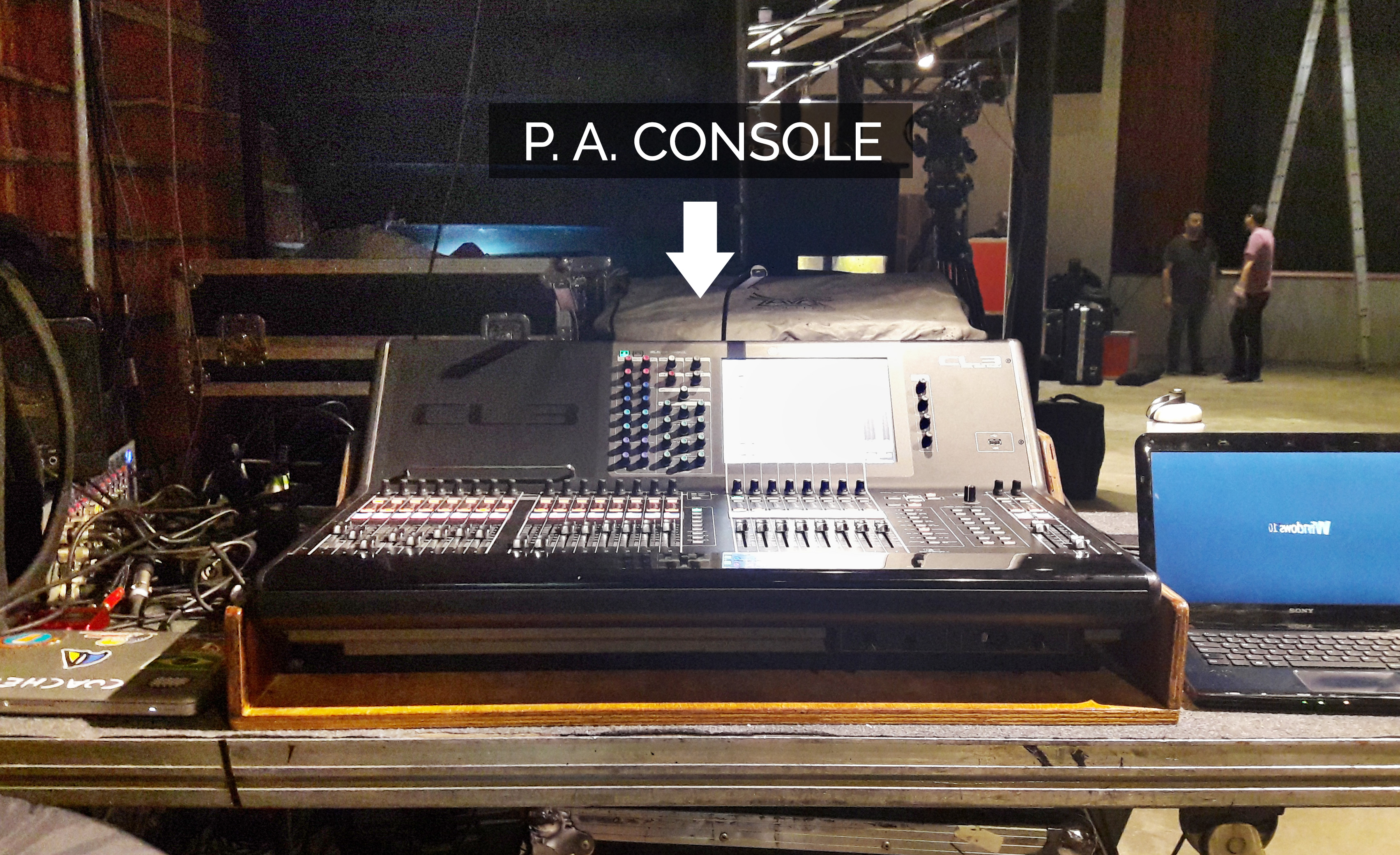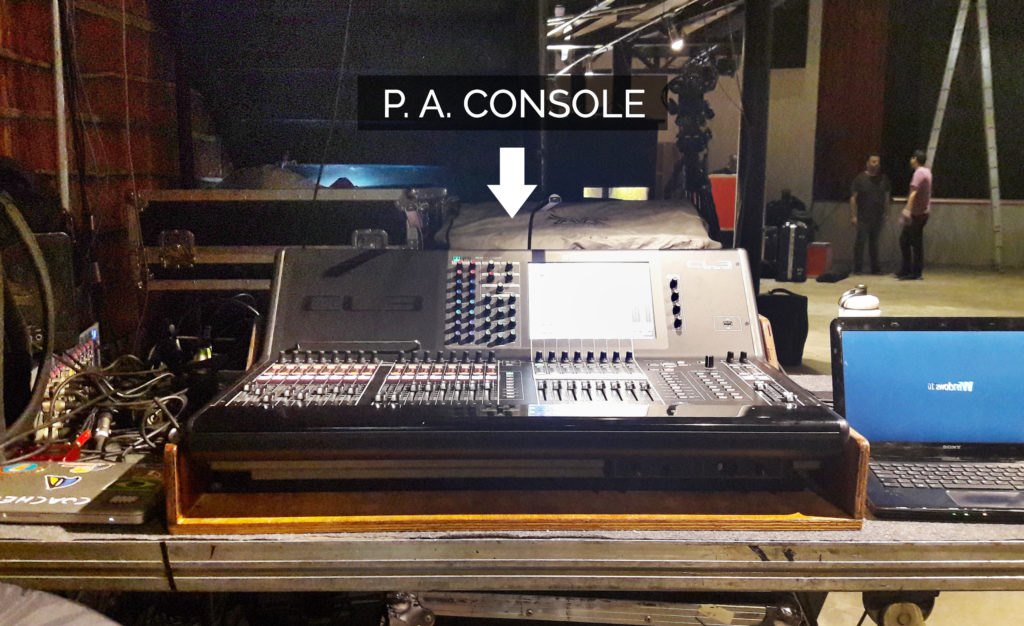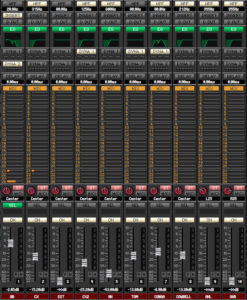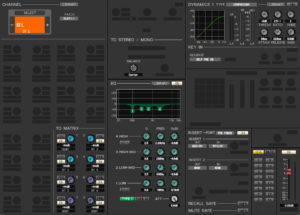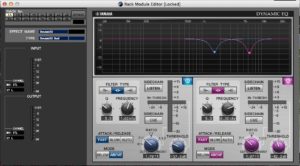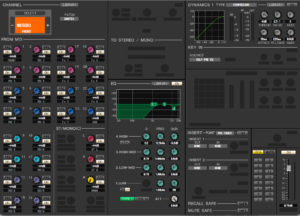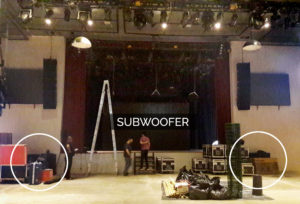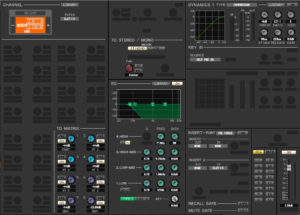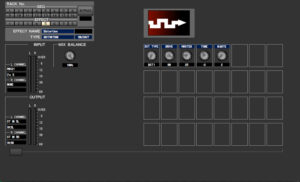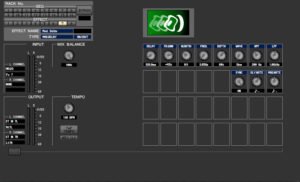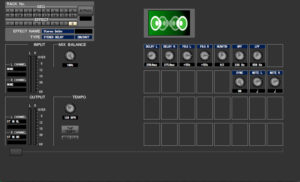In our past blog, Live Recording of a DVD of Setanejo, my colleague Karen Avila went through the crazy process of Brazilian DVDs. Although she was specifically referring to the ‘sertanejo’ style, most Brazilian artists record a DVD before going on tour. We only get one day of live recording. Also, some new singles are recorded live on that day, to promote the ‘DVD tour.’
We usually record the sound/light/video check, with cameras in positions that would be impossible to do with the public. Then, we record the show with the public and re-do some songs at the end. It works fine, but we have to mix the P.A. with the recording in mind.
Over the years I’ve been the DVD P.A. mixer, but also the studio mixer and editor. I’ve developed some procedures – some are my own, some that I have learned from more experienced colleagues – in order to have a good P.A. mix without compromising the recording.
Overall volume and alignment of the P.A., front-fill, subwoofer, and delays:
Most DVDs are not recorded in open areas because it is safer concerning weather variations. On the other hand, acoustics are always a problem here. The house mix is usually not centered because it is more important to have open space in the middle for the audience and cameras.
Because of these conditions, I always prefer a digital console, which can be controlled through Wi-Fi. It is better that the P.A. console is not the one being used for recording but, depending on the budget, it will be FOH, monitors, and recording…
The volume has to be high enough for the crowd to be excited and reach them even when they are screaming the song. Brazilians usually sing all the lyrics during the whole song, together with the band (I think this is a Latin phenomenon). But it cannot be too high, so it doesn’t mess up the ambience microphones. We want to clearly catch the crowd screaming. It is the same for delays all over the room.
Front-fill is a solution and a problem. I usually only put vocals and solo instruments on the front-fill in this type of mix. And I do not put any effects on the front. The best crowd is always the one near the stage. They need to hear the singers, but we have to be careful in case we have some editing, studio overdub or auto-tuning to do afterward. All high frequencies tend to be reflected back to the stage and mess up the ambience mics. I do not use a lot of hi-hat and overheads, nor high-frequency percussion on the mix.
- Drumtracks – No overheads on the mix.
- Master L/R & Main Stereo EQ
- Stereo Dynamic EQ
For the front-fill, I use an HPF. I need it to complete the Main Stereo. It doesn’t have to sound really, really nice. It is usually on an aux send or matrix send
- Front-fill position
- Front-fill alignment
I cut the subwoofer at 80Hz because it is easy to cut this out from the crowd in the mix. I use it a lot. It saves me when we don’t have too much volume, but we need the crowd to jump and dance. I only send the instruments that I want to excite the crowd to the subwoofer; like the kick drum, the electronic stuff, and the bass. It is usually on an aux send or matrix send. We must be very careful to have the subwoofer outside the stage, or in an end-fired or cardioid arrangement.
- Subwoofer position
- Subwoofer Alignment
I like to duplicate the voice with some parallel compression, to make it powerful but not too high. I need a strong de-esser because of the above-mentioned high-frequency issue in the P.A.
As for effects, unfortunately, I must use very little. For example, I cannot do crazy long effects or delay rides. Usually, I prefer to use a short modulated-delay (in eighth-note), a medium stereo-delay (in quarter-note) instead of reverb. If you don’t put a lot of feedback in them, they will be wonderful esthetic allies. I also use a little overdrive in some of the instruments, but especially in vocals, to add presence, since I don’t have analog gear in general.
- Overdrive
- Mod Delay
- Stereo Delay
Basically, this is it. I’m constantly in touch with the recording suite, so they are always giving me feedback about P.A. leak in the recording. If we are always working as a team with artists, monitor/recording/P.A., lights and video, it will come out just fine.
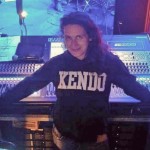 Florencia Saravia-Akamine has over 20 years dedicated exclusively to audio, whether in the studio or live. Today, she centered her activities in the areas of “live sound” and recording, editing, and mixing for broadcasting. (This has changed through the years and will probably keep on changing every day.
Florencia Saravia-Akamine has over 20 years dedicated exclusively to audio, whether in the studio or live. Today, she centered her activities in the areas of “live sound” and recording, editing, and mixing for broadcasting. (This has changed through the years and will probably keep on changing every day.
More on Florencia Saravia-Akamine at Pro Audio Clube
